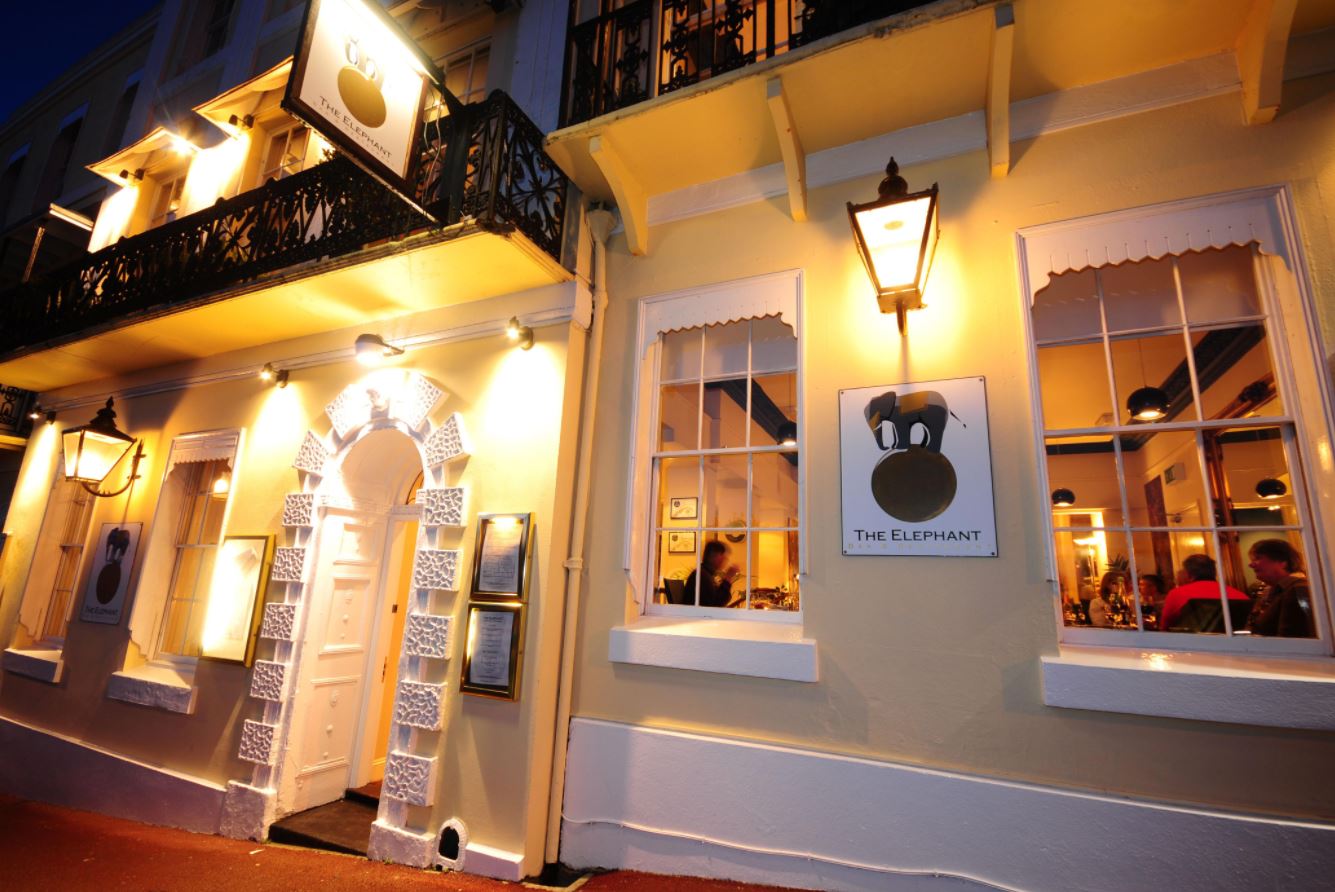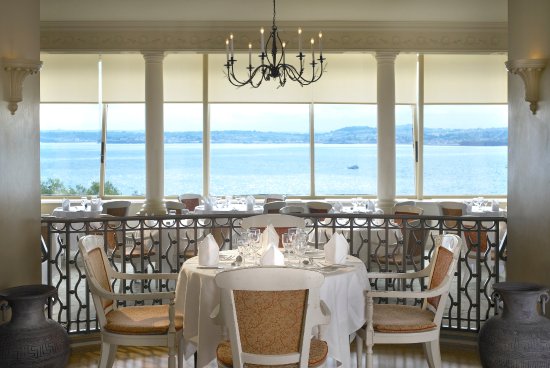Swift Cottage is one of nine cottages in a holiday complex called Newhouse Barton, with a heated…
Dartington Hall Estate

6.5 miles (10.4kms)
About the walk
You could be forgiven for thinking that Dartington is really nothing more than what you see as you cross the roundabout on the A382 leading south from the A38 to Totnes – just somewhere you pass en route to the South Hams. But there’s so much more to Dartington than that, and the story behind ‘the vision’ of Leonard and Dorothy Elmhirst, who bought the estate in 1925, is a fascinating one. This walk circles the estate and you should allow time at the end to visit its central buildings.
Dartington Hall was described by Nikolaus Pevsner in his classic book on the buildings of Devon as ‘the most spectacular medieval mansion’ in Devon. The great hall and main courtyard were built for John Holand, Duke of Exeter, at the end of the 14th century, and although all the buildings have since been carefully restored, to walk through the gateway into the courtyard today, with the superb Great Hall with its hammerbeam roof opposite, is to step back in time. Arthur Champernowne came to own the manor in 1554, and made various alterations, and the estate stayed in the hands of the Champernowne family until 1925. Further restoration work was carried out in Georgian times, but by the time the Elmhirsts came on the scene the Hall was derelict.
The Dartington Hall Trust, a registered charity, was set up in 1932, and evolved from the vision of Leonard Elmhirst and his American wife Dorothy Whitney Straight, who bought the derelict hall and 1,000 acres (405ha) of the estate and set about making their dream a reality. He was interested in farming and forestry, and in increasing rural employment opportunities. She believed passionately in the arts as a way of promoting personal and social improvement. Their joint aim was to provide a foundation where both dreams could be realised, and the Dartington Estate, today a venue for all manner of creative events and initiatives, provides the perfect setting. The beautiful Grade II* listed gardens are open to the public all year and a Christmas craft fair is held in the Great Hall in December.
Walk directions
From the car park turn left downhill to where the road bends sharp left. Turn left through a gate and walk down the field; keep ahead through a gate to reach the River Dart.
Turn left and follow the river upstream through woodland. The Dart here is broad, tree-lined and slow moving. Continue through riverside meadows, and eventually pass through an open gateway in a high wall on to a wooded track.
Walk along the river edge of the next field (Park Copse left). At the end of that field a gate leads into Staverton Ford Plantation. Bear right to follow a narrow path back towards the river. This path, stepped in places, runs parallel with the Dart, leading into a broad woodland track through North Wood. When you see buildings nearby through the trees on the right, turn right at a crossroads and walk downhill to a metal gate and a lane.
Turn right to cross Staverton Bridge. At the level crossing turn right to pass through Staverton Station Yard into a park-like area between the railway and river. Follow the path across the single-track railway and walk on to meet a lane by Sweet William Cottage.
Turn right and follow the lane to its end. Go straight ahead on a small path to pass into the churchyard of the Church of St Paul de Leon, a 9th-century travelling preacher. Turn left at the lane, and left at the junction to visit the Sea Trout Inn. After your break retrace your steps to the metal gate past Staverton Bridge.
Turn immediately right to rejoin the track. Follow this until it runs downhill and bends left. Turn right towards a gate, then left on a narrow concrete path. The houses of Huxham’s Cross can be seen, right. Eventually the concrete path leaves the woodland to run between wire fences to meet a concrete drive at the Schumacher College. Follow the drive to meet the road.
Turn left to pass Old Parsonage Farm. Keep on the road back to Dartington Hall, passing the gardens and ruins of the original church (right), until you see the car park on the left.
Additional information
Fields, woodland tracks and country lanes
River meadows, parkland and mixed woodland
Keep on lead; dogs (except guide dogs) not allowed within Dartington Hall grounds
OS Explorer OL44 Torquay & Dawlish
Opposite entrance to Dartington Hall and Gardens
Outside entrance to Dartington Hall
<p>Larger organised groups require permission from the Property Administrator (01803 847000) in advance</p>
WALKING IN SAFETY
Read our tips to look after yourself and the environment when following this walk.
Find out more
Also in the area
About the area
Discover Devon
With magnificent coastlines, two historic cities and the world-famous Dartmoor National Park, Devon sums up all that is best about the British landscape. For centuries it has been a fashionable and much loved holiday destination – especially south Devon’s glorious English Riviera.
Close to the English Riviera lies Dartmoor, one of the south-west’s most spectacular landscapes. The National Park, which contains Dartmoor, covers 365 square miles and includes many fascinating geological features – isolated granite tors and two summits exceeding 2,000 feet among them.
Not surprisingly, in Dartmoor the walking opportunities are enormous. Cycling in the two National Parks is also extremely popular and there is a good choice of off-road routes taking you to the heart of Dartmoor and Exmoor. Devon’s towns and cities offer stimulating alternatives to the rigours of the countryside.
Nearby stays
Restaurants and Pubs
Nearby experiences
Recommended things to do
Why choose Rated Trips?
Your trusted guide to rated places across the UK
The best coverage
Discover more than 15,000 professionally rated places to stay, eat and visit from across the UK and Ireland.
Quality assured
Choose a place to stay safe in the knowledge that it has been expertly assessed by trained assessors.
Plan your next trip
Search by location or the type of place you're visiting to find your next ideal holiday experience.
Travel inspiration
Read our articles, city guides and recommended things to do for inspiration. We're here to help you explore the UK.













